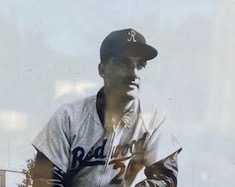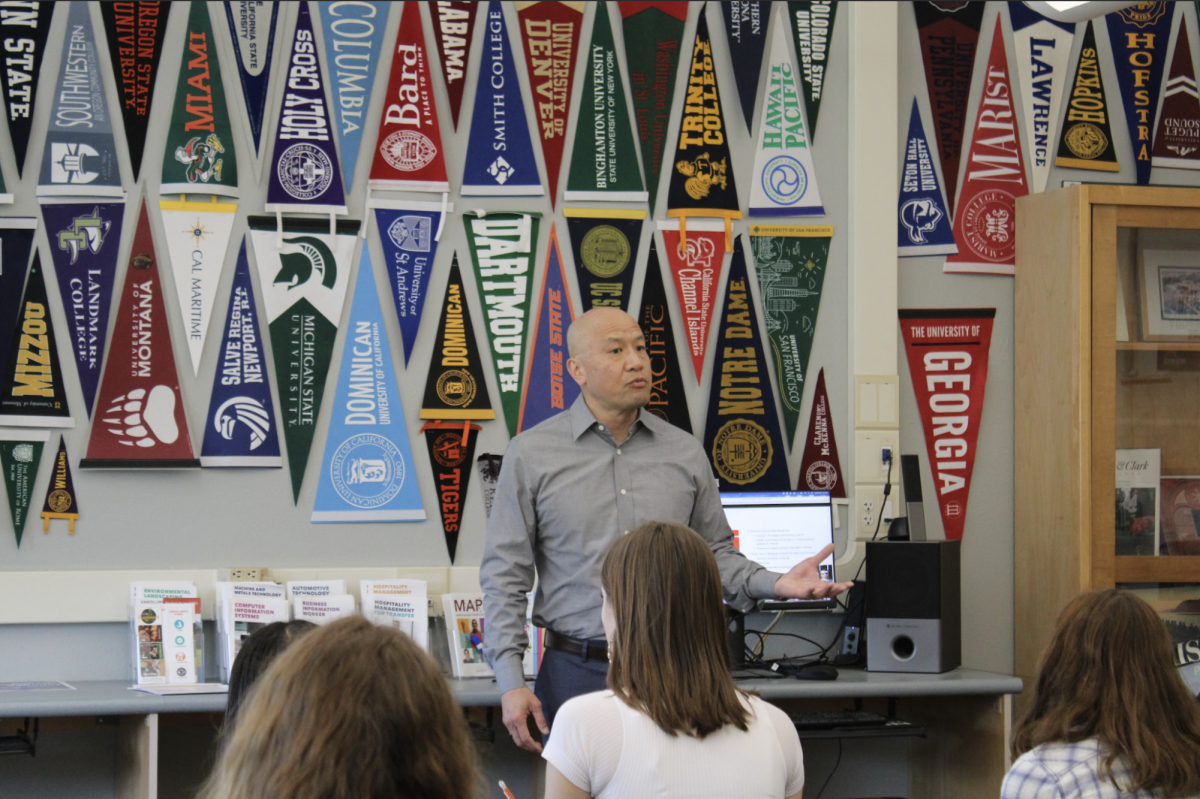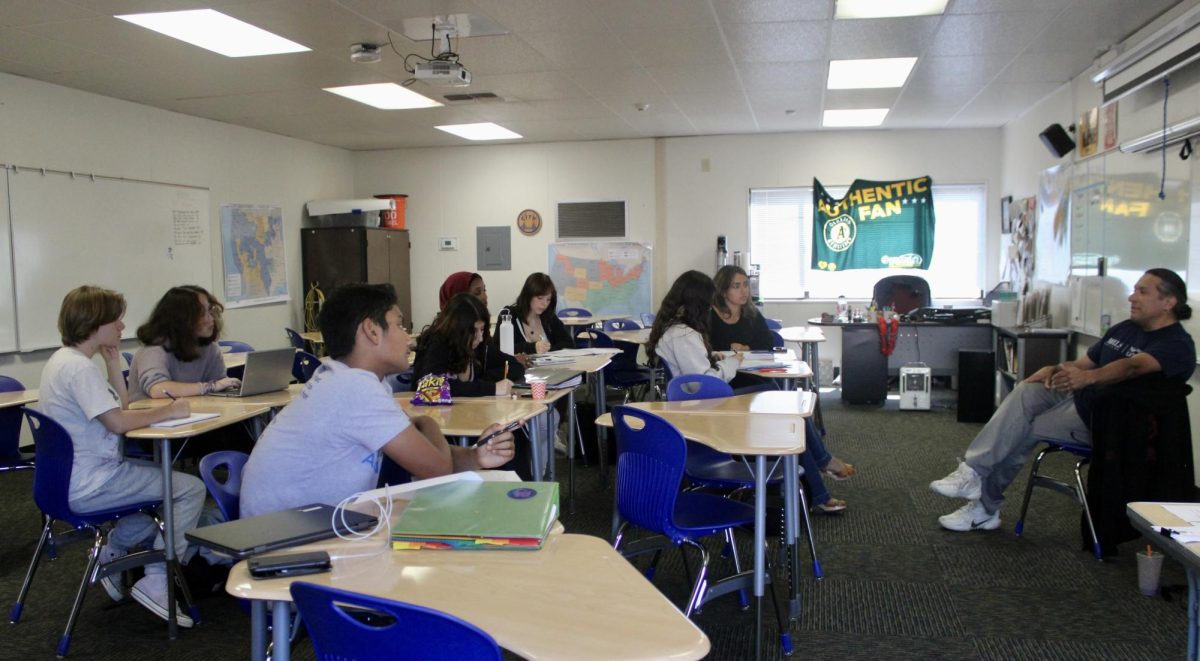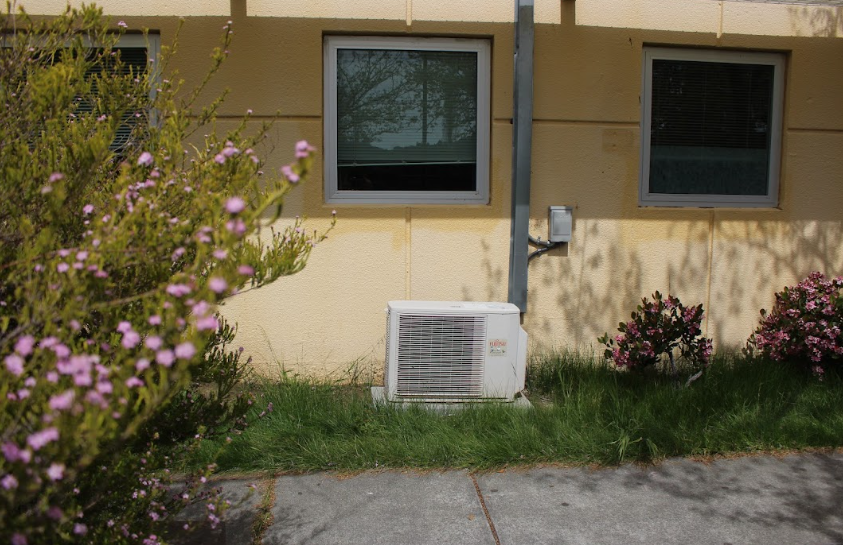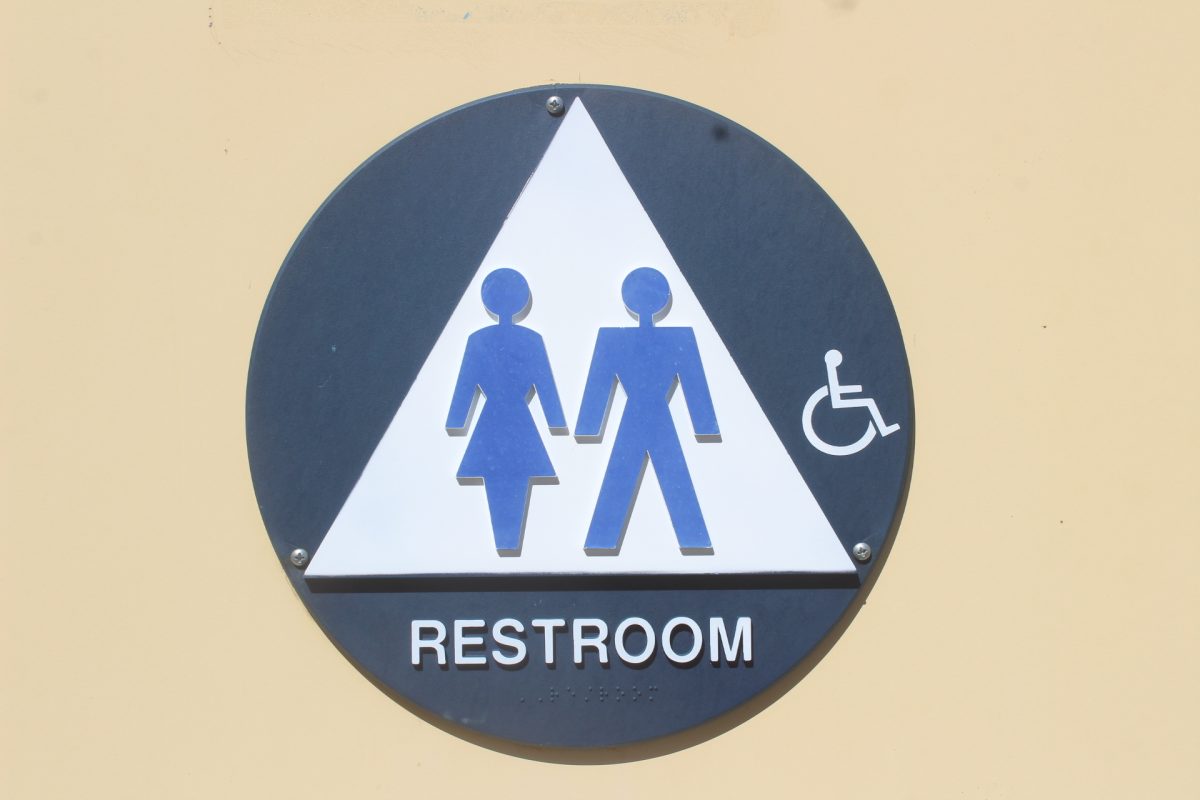As the greenhouses that used to line Doherty Drive have been uprooted to pave way for a suburban development called Rose Lane, archaeological excavations have revealed that the location of the soon-to-be 85-residence community is actually the former site of a much older community—one that, over 4,000 years ago, may have been home to a productive Coastal Miwok village.
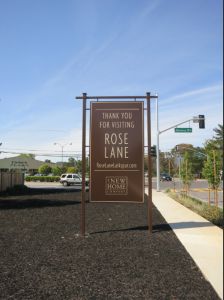
Around 600 Native American human remains, as well a condor burial and a bear burial, obsidian, grinding stones, shell beads, ancient spears-throwers called atlatls that predated the bow and arrow, and other artifacts, the oldest levels of which date to about 4,500 years ago—older than King Tut’s tomb—have been uncovered in a shellmound, or an artificial mound created by humans, underneath the Rose Lane development, according to Jelmer W. Eerkens, a professor of anthropology at UC Davis who visited the site.
The remains and artifacts were analyzed by archaeologists and then reburied in an undisclosed on-site location according to the wishes of the Federated Indians of Graton Rancheria, who were determined to be the most likely descendants of the Coastal Miwok, although no actual DNA testing was allowed to be conducted.
However, Eerkens believes that the archaeologists’ wishes were not honored, and that they were not given enough time to investigate the site, and that because of the rarity of sites as old and large as this one, it is a loss to the archaeological community that further analysis was not done.
“I think it’s a real shame that everybody—the public, the tribe, and the grandchildren of people currently in the tribe—we all lose the ability to learn about these people,” Eerkens said. “We as archaeologists usually think that it’s our responsibility to tell the story of the people of the past and so we sort of owe it to those people since they didn’t write down their history. We’ll never have the chance to do that for this particular site, and especially because it’s so old, it’s over 4,000 years old. There’s not very many sites like that, and so it’s really a tragedy that we don’t get to do that.”
Greg Sarris, the chairman of the tribe, was unavailable for an interview with the Bark, but said in an interview with the San Francisco Chronicle that he supported the tribe’s decision to rebury the remains.
“Our policy is that those things belong to us, end of story,” said Sarris. “Let us worry about our own preservation. If we determine that they are sacred objects, we will rebury them because in our tradition many of those artifacts, be they beads, charm stones or whatever, go with the person who died. … How would Jewish or Christian people feel if we wanted to dig up skeletal remains in a cemetery and study them? Nobody has that right.”
Prior to the start of the grading process, which began in February of 2012, the City of Larkspur required that there be archaeologists present, as there has been evidence of midden, or soil that contains shells, artifacts, or bones that indicate that a human civilization was present, in the area for over 100 years.
“There was evidence and it was anticipated that there would be Indian remains and some artifacts in the area,” said Neal Toft, Director of Planning and Building for the City of Larkspur. “The area was developed and filled in the 1920s and there was evidence of disturbed midden, so it was anticipated that there would be something, and that’s why as a requirement of the project approval there were actually archaeologists present.”
Upon the consideration of development of the Doherty Drive greenhouses known as Niven Nursery, the city published an Environmental Impact Report for the Central Larkspur Specific Plan (CLASP) in November of 2004.
The report detailed that the first evidence of disturbed midden was recorded in the area was in 1907, and that further inspection of the area in 1995 by archaeologist Miley Holman of Holman & Associates found similar material, which consisted of “small, finely fractured shellfish remains…extending from the entrance to the property on East Ward Street along the western border of the property,” although the report noted that the mound had been “substantially leveled by agricultural uses of the land.”
The report did note that the construction “may result in the inadvertent discovery of human remains,” however no such remains had been found at the time of its publication.
Although archaeologists were consulted during the process of grading from 2012 to 2013, Eerkens believes that the city did not do what is typically done with similiar sites.
“The city is supposed to bring different interested parties together which would include archaeologists, which would include the public, which would include the Graton Rancheria also, and the developer,” said Eerkens. “And the city is supposed to bring those people together and have a discussion and a negotiation about what can be done and what can’t be done.”
Eerkens said that this negotiation did not include the archaeologists.
“There were archaeologists out there and the archaeologists made some suggestions, but they didn’t do anything with what the archaeologists thought should be done. So it was like a private deal between the city and the tribe,” Eerkens said. “In my own thinking the tribe has their interest and they should advocate on behalf of what they want, but the city is supposed to not just listen to one interested party.”
However, Toft said that both the Native Americans and the archaeologists were involved in the entire process.
“Once we the city set up the protocol, then the developer had the archaeologists and the tribe in place and they began the grading process,” he said. “They were on-site during the whole time which began in approximately February of 2012.”
The California regulations around the treatment of Native American remains are mainly concerned with fulfilling the wishes of the tribe, which, according to Toft, the developers did do.
“Ultimately, the tribe had oversight on the disposition of the remains,” said Toft.
According to Section 7050.5 of the California Health and Safety Code, once human remains are found, and a coroner has determined them to be Native American remains, the coroner must contact the Native American Heritage Commission, a government agency that protects Native American sites from destruction.
The Native American Heritage Commission then notifies the most likely descendants of the remains, which was determined to be the Federated Indians of Graton Rancheria, who operate Graton Resort & Casino in Rohnert Park. The most likely descendants then can make recommendations to the developer regarding the treatment of the remains. However, if an agreement is not reached then the developer must rebury the remains in an area “not subject to future subsurface disturbance.”
Toft said that the developer complied with all regulations.
“From the city’s perspective, they’ve met all the requirements of the conditions,” he said. “This was the first complaint we’ve heard from the archaeological community. We had no communications or complaints about the process being handled from [the Native Americans’] perspective.”
However, Eerkens believes that normal protocol was not followed because archaeologists were not given sufficient time to conduct studies.
“They didn’t really follow the normal protocol in that they did not allow the archaeologists to do the studies that are typically done,” he said. “They did not allow the archaeologists to take photographs and record things. They didn’t give the archaeologists much time to complete whatever they were allowed to do. They didn’t save anything from the site, they put everything back in the ground, so nobody ever in the future can study these remains either.”
In fact, Eerkens said that the archaeologists actually learned very little from the site. “For all the work that was done and all the money that was spent to dig this site we learned very little here,” he said.
Eerkens estimated that the artifacts were reburied about two weeks to a month following the completion of the excavation. “With a site for that size typically we would have a year or two years to study that material,” he said. “We also typically save samples of what we excavate so that in the future, 10 years from now or 50 years from now, archaeologists who maybe have new developing analytical technologies can have a chance to go back and do new kinds of studies with those materials, but we’ll never have the opportunity here.”
Toft noted that the area where the artifacts have been re-interred will not be paved over for homes.
“The reburied remains are not under any buildings,” he said. “They are reburied in a place that is suitable for the tribe.”
Due to the remains’ proximity to Redwood, Eerkens said that at one point or another, the area where the campus is likely contained midden.
“It certainly did at one time, all around there there were lots of these shell mounds,” he said. “I don’t know how many of them are still remaining because of urban development. Back in the late 1800s and early 1900s when there was a lot of urban development there were not laws that protected archaeological sites, so most of the time they were kind of bulldozed away.”

